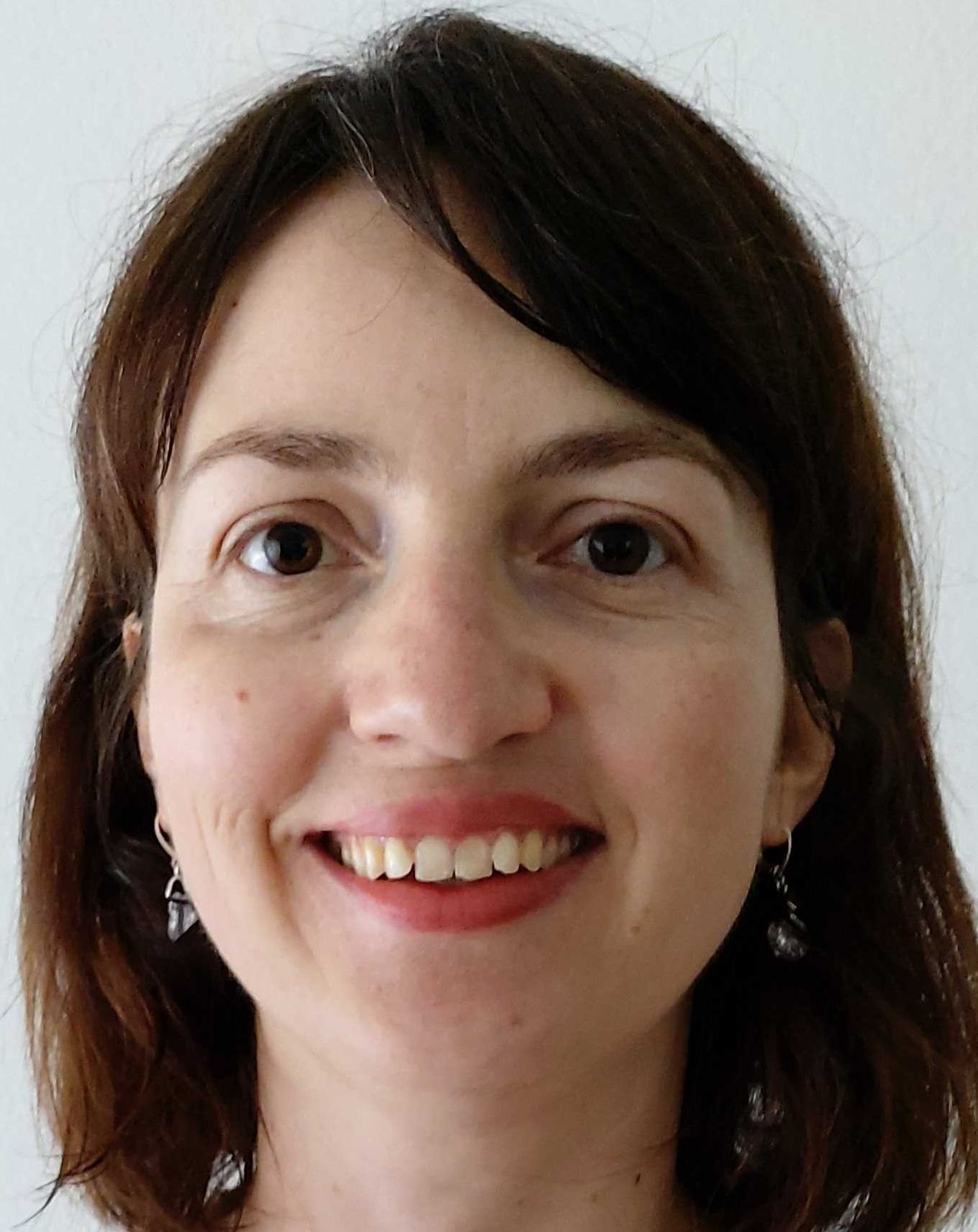Identifying clinical response-relevant, T-Vec-Induced changes in the tumor microenvironment
Principal Investigators


Fellow

Keywords
SKIN CANCER, T-VEC, TERTIARY LYMHOID ORGANS, BIOMARKER, TUMOR MICRO-ENVIRONMENT
Summary
The tumor microenvironment (TME) has a substantial impact on disease progression as well as response to therapy. Thus, quantification of different cell types in the TME has provided additional tools for better prognostication of cancer. Recently, also tertiary lymphoid structures (TLS) were recognized as a relevant immune component of the TME. In cancer patients, TLS correlate with improved survival in a growing list of tumor types, suggesting that TLS contribute to anti-tumor immunity. Along the same lines, TLS density may have predictive potential for the clinical response to immunotherapy. Immune checkpoint inhibition results in significant and durable clinical responses in a proportion of cancer patients but is ineffective in others. Predicting which patients will respond is still a challenge, and data regarding predictive biomarkers are conflicting. Even less information is available about the response to oncolytic virotherapy (T-VEC). T-VEC was approved for treatment of metastatic melanoma in 2015. Ongoing clinical trials currently test the efficacy of T-VEC in solid tumors as well as cutaneous lymphomas. It is currently unclear which parameters determine whether a patient will respond to T-VEC and also the precise mechanisms underlying the clinical response is largely unknown. We propose here that the immune composition of the TME including the presence of TLS influences the efficacy of T-VEC therapy. Recent technological advancements in the field of immunofluorescence such as multispectral imaging allows highdimensional analysis of the TME while maintaining the spatial context. In this project we will imply such technologies to study how the TME responds to T-VEC therapy. Furthermore, we will analyze whether baseline or T-VEC-induced parameters within the TME predict clinical response.